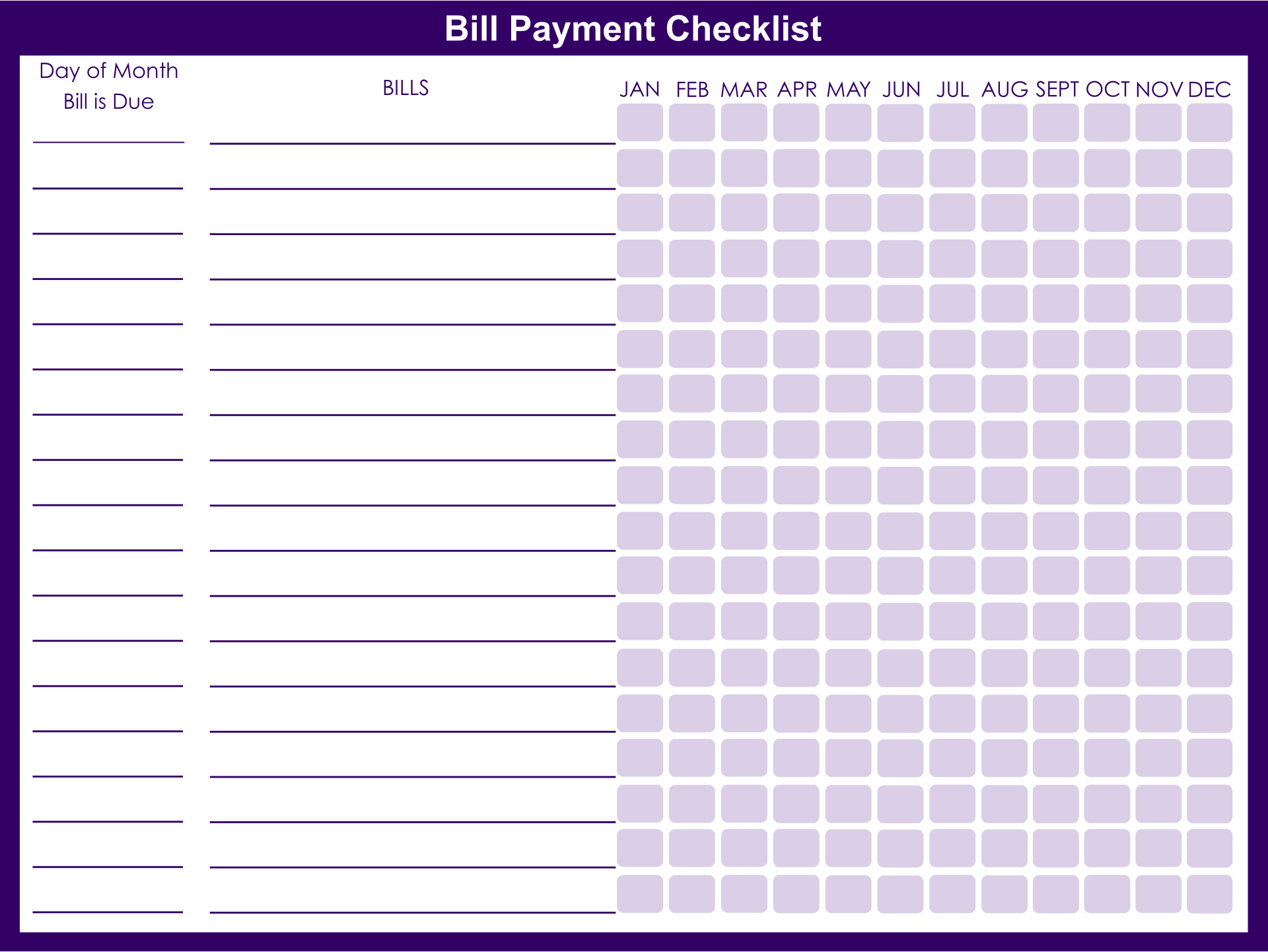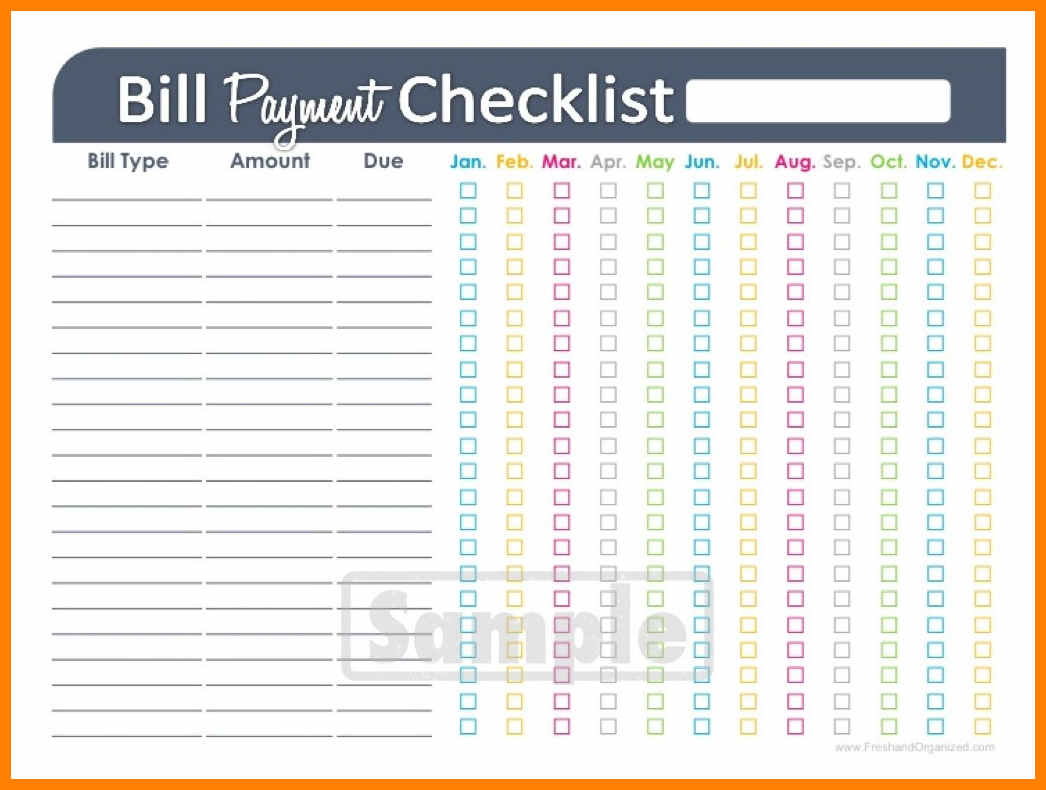
Depending on which bank or institution issues the card, adjusting billing period dates can be as simple as logging into an online account or calling customer service. For some, this increases flexibility and helps maintain low credit utilization at the same time, even when living paycheck to paycheck. Most credit card companies allow cardholders to adjust the dates of their billing period so the due date for bills could be made to fall immediately after a recurring payday. Paying at the last moment, of course, offers cardholders the highest degree of flexibility with their money and may still be the only practical option if cash is tight. Along with close monitoring of one’s credit utilization, this might require some financial stability and might be impossible for people who find themselves waiting on the next paycheck in order to afford paying down a credit card bill. It’s also possible to pay off the balance anytime credit utilization nears 30%, even if that means paying several times within a billing period. This has the potential to significantly improve a credit score.īut without knowing exactly when your balance is reported to credit bureaus, what’s there to do? A common strategy for those focused on improving their credit score is to simply pay off the credit card bill quickly with the expectation that doing so is more likely to precede reporting than if the payment was stalled.

In that case, the part of their credit score that’s determined by “amounts owed”-an important category to the report-will be calculated favorably. So no matter how much they spend in a month, if a cardholder happens to pay a bill just before a balance is reported, the credit utilization on the account looks very low. Keep in mind that every time a cardholder pays off a balance in full, the credit utilization ratio temporarily drops to zero percent. Less well-known, however, is another way to influence that percentage, known as “ credit utilization.” This adds a different type of value-one that goes beyond money spent or saved.Ĭredit card companies report a cardholder’s balance to credit bureaus every month, but this doesn’t necessarily coincide with the end of a billing period. To Improve Credit Score, Pay SoonerĬredit card users may have noticed already that exceeding 30% of a monthly credit limit can hurt a credit score. So, for cardholders unburdened by debt or a waning credit score, waiting to pay until close to the end of a billing cycle will almost certainly increase overall wealth, if just by a little at a time. Whether that money would otherwise be invested somewhere or held in a checking account, the additional interest this would garner can add up to a significant sum over months and years.

Up until the time cardholders actually pay the bill, credit card users can still earn interest on the money owed. This value comes from the concept that there is value in simply holding a sum of money over time, based on its potential to earn. Of course, the bill total will stay the same throughout a billing period, but cardholders can benefit from the “time value of money” extended to the amount owed.
#List of bills to pay every month in usa full
Instead, late-cycle-payers can likely afford to take full advantage of the credit extended to them each month. These routinely-responsible cardholders don’t benefit much from rushing to pay off monthly bills. People who do these two things reliably are more likely to have a favorable credit score. Many Americans do pay off bills in full and many keep monthly spending well below the recommended credit utilization threshold of 30%. Luckily, any credit card user, no matter their credit score or level of debt, can still adjust the timing of payments to help a financial situation. Even for responsible people, “Rule #1” can devolve into simply meeting a mandatory minimum to avoid penalty fees. adult with a credit card carries an ongoing balance of over $5,500. As such, the first step in timing payments should be simply ensuring that bills stay small enough to be paid reliably.Įnsuring bills remain reasonable is easier said than done and the numbers prove it- the average U.S. With interest rates commonly exceeding 15%, credit cards are an inefficient way to borrow money for longer than a month or two.

The only real benefit is the capital that’s been temporarily extended to the cardholder. Paying what’s owed and being consistent about it are two of the most important factors on a favorable credit report.Ĭarrying a balance from month to month is often costly.

Contrary to an enduring myth, carrying credit card debt past the end of the billing period is not good for credit scores-it’s usually the opposite. Before proceeding any further, there is actually one simple answer that’s true for all credit card users, no matter the circumstance: Pay in full, on time.


 0 kommentar(er)
0 kommentar(er)
